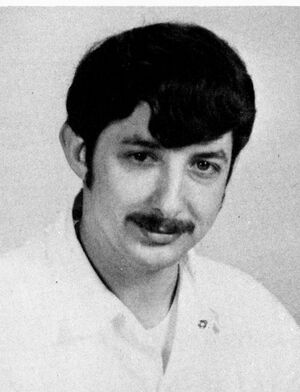The Beginnings of Pride: Standing up, Speaking Out and Organizing

The initial, public steps of standing up for gay and lesbian rights began with the 1969 editorial by Patch Adams condemning discrimination and continued with the rapid mobilization of the community in Richmond. There were a number of movements that were the underpinnings of the gay rights movement. The women’s movement and the sexual revolution were picking up steam and the national attention to the Stonewall may have had some effect, but there is no written support for that. The local issues surrounding harassment on “the Block” and the closing of several bars/restaurants because of the Virginia ABC regulations were probably truly the impetus behind the initial organization in Richmond; this account includes a relatively extensive, but by no means comprehensive, and mostly chronological overview of what was happening in Richmond in the decade or so immediately following Stonewall, or at least things that were documented or that have been verbally reported. It would be difficult to be truly comprehensive; entire books could be written about the era even in Richmond, but an attempt has been made to capture the major events and the sense of excitement that existed.
The decade or so after Stonewall was a heady decade in Richmond as well as in many areas of the United States. Members of the lesbian and gay community were practically flying out of the closet, the “straight” community was forced to acknowledge that a gay and lesbian community existed, and the lesbian and gay community, separately and together, began to form organizations that would stand up and fight for gay and lesbian rights for years to come. The religious establishment also began to face the fact that gay and lesbians existed in all facets of society including within their walls, some churches would embrace lesbians and gays, but many would add to their discrimination; new churches like MCC were established to minister specifically to gays and lesbians. The next decades the fight would continue, in fact it still continues, but no one would have expected the crisis that absorbed much of the energy of the lesbian and gay community for most of the eighties and into the nineties: AIDS.
The GLF in Richmond
Fan Free Clinic: The Beginning
1974: GAP, GAS and The First Women's Festival
Virginia Sodomy Laws Challenged, A Judge Makes a Stand
The Richmond Lesbian Feminists and the Women's Movement
Faith and the Community in the Late 1970s
Making Connections: Written Materials
RLF Members Make a National Impact: International Womens Year
Organizing Politically: Taking a Stand Against Hate
Celebrating a Decade of Pride, Continuing to Make a Stand
<comments />